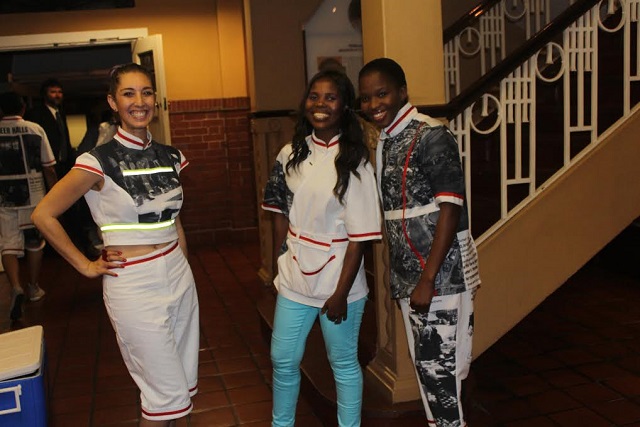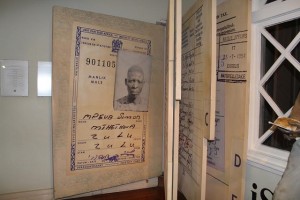Durban’s sad but rich history is once again on display at the KwaMuhle Museum, Durban, under the Dirty Linen ‘Other’ Durban & the ‘Kitchen suit exhibitions which depict the leading role played by Durban in the creation of racial segregation and control during the times of colonial, segregation and apartheid.
The exhibitions, which opened on 16 September 2015 and end on 02 October 2015, are being showcased at the KwaMuhle Museum – former headquarters of the then Native Administration Department (NAD).
The Dirty Linen, ‘Kitchen Suit’ exhibition focuses on the control of the individual in the homestead whilst the Dirty Linen, ‘Other’ Durban exhibition explores spatial control and manipulation of space on a city-wide scale.
The brainchild of DUT’s ROCS heritage research project, the ‘airing of dirty linen’ exhibitions theme deals with Durban’s divisive urban history from the 1880s to the 1980s.
The ‘Kitchen suit’ was conceived at the beginning of the twentieth century; around the same time when the now defunct Durban Town Council established Togt barracks, hostels, beer halls and eating houses for mainly male ‘native’ workers. The kitchen suit, which is synonymous with the humiliation of African males being processed whilst queuing in the courtyard of the NAD, formed part of a range of identification and control measures of African males entering the city for employment. Today, the ‘Kitchen suit’ is worn as a fashion statement by people fascinated by its design and material.
“The ‘Kitchen suit’ has been appropriated, however, I don’t know if our children understand the revolutionary content of appropriating an instrument of oppression and exploitation and making it your own or whether they just take it as a fashion statement,” said Dr Aubrey Mokoape, one of the people who shared their experiences as a ‘kitchen boy’. “I am worried about the ‘kitchen suit’ that is still in the mind of those who were oppressed. Whether we the oppressed or exploited, are able to expand or purge ourselves of the ‘kitchen suit’ in our mind, the ‘kitchen boy’ had to be very submissive, something that goes against the role of a man in our culture,” he said.
The opening night of the exhibition included a fashion show where DUT fashion and Textile students showcased their re-imagined kitchen suit. The garments were worn by DUT students from Engineering and Office Management Technology as well as Len Rosenberg, Co-ordinator of the ROCS Research Project and Physical Planning Manager at DUT.
“The ‘kitchen suit’ is the most iconic colonial apartheid garment that represents that era. We then re-imagined the ‘kitchen suit’ so I collaborated with Fashion and Textile students. We tried to elevate the suit. It has always been the silent part of background; almost invisible. We said let’s give the suit a global statement, let it tell a story of the Durban system, the bus ranks and beerhalls,” said Rosenberg.
– Noxolo Memela
Pictured: Vicky Botha, Gugu Maduna and Nokuthula Shandu spotting the re-imagined ‘kitchen suit’ which formed part of a range of identification and control measures of African males entering the Durban city for employment during times of segregation. Also pictured ‘Kitchen Suit’ hung up at the exhibition. Also pictured is the infamous ‘dompass’ which functioned as an internal passport for Black South Africans during apartheid.



